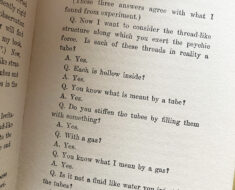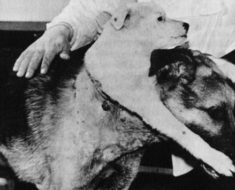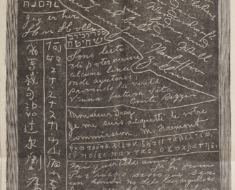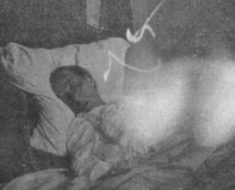Just over a year ago, as part of my research for an upcoming book on the UFO phenomenon, I took a trip to New Mexico to visit researcher and historian David Marler’s UFO archives. Marler has an entire wing of his house devoted to the collection acquired on his own and donated by various ufologists and ufology organizations—including the original Project Blue Book files.
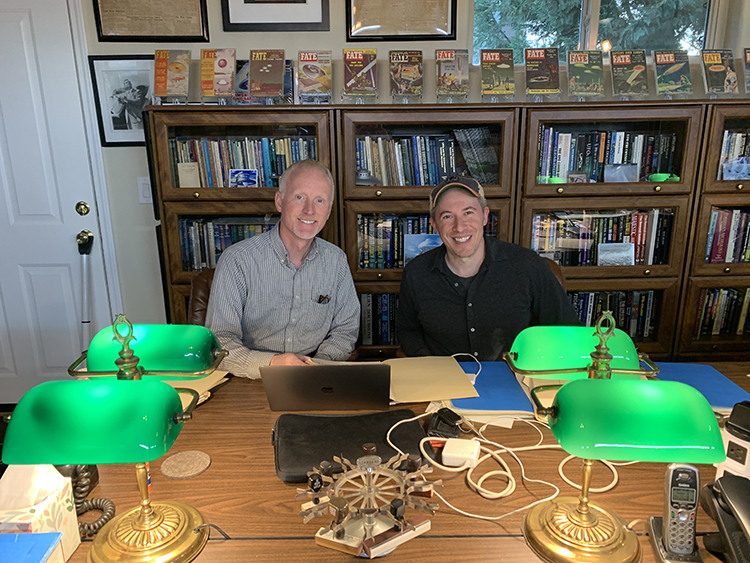
I spent two full days gathering information and photos from Marler’s extensive collection of case files, books, photos, newspaper clippings, audio files, and more, as well as speaking with him about his vast research. I wish I’d had more time. And as Marler continues to acquire collections, he wishes he had more space. And more help. Both are in the works with the newly established National UFO Historical Records Center in the Albuquerque area. It will be the largest historical archive dedicated to the preservation and centralization of UFO/UAP information in the country.
In addition to being led by Marler, the non-profit organization’s UFO/UAP historians and archivists include Jan Aldrich, Rod Dyke, Barry Greenwood, Dr. Mark Rodeghier, Rob Swiatek, and others.
Its mission is to collect, preserve, and provide historical UFO materials to the general public and interested parties. “With the accumulated data, we hope to assist with serious research endeavors and aid in an accurate chronicling of UFO/UAP history for present and future generations regardless of belief or non-belief in the subject,” the group said in a press release.
The taboo around the UFO subject has decreased since the recent sightings by navy pilots and the government’s admission that it can’t identify the objects they’ve seen. Now that multiple U.S. military, intelligence, and scientific agencies have started investigating the topic seriously, the organization is offering access to the vast array of historical materials and data sets in its archives.
“To elevate this idea beyond a home-based archive model to a proposed free-standing, public archive is exciting,” Marler told Weird Historian. “Not only due to the public-facing we would have but also to centralize all of this UFO/UAP information for the first time ever on such a scale in the history of the United States.”

“I never thought the idea of having a modest personal UFO library, would grow to such lengths,” Marler said. “What once occupied a bookshelf has grown to occupying a wall then to a room then to a building. Most extraordinary!”
The National UFO Historical Records Center is working toward acquiring a building to house this national treasure and make it readily accessible to researchers, academics, and the general public. Funding and donations are welcomed, as they will be vital to making its vision a reality.
Newspaper image at top is from the Los Angeles Time, July 7, 1947. Courtesy of the National UFO Historical Records Center.

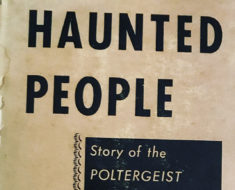
![Lady Wonder - By Francis Wickware (Dr. Rhine and ESP. Life Magazine. April. 15, 1940) [Public domain], via Wikimedia Commons](https://www.weirdhistorian.com/wp-content/uploads/2017/04/Lady_Wonder_Horse-By-Francis-Wickware-Dr.-Rhine-and-ESP.-Life-Magazine.-April.-15-1940-Public-domain-via-Wikimedia-Commons-235x190.png)
